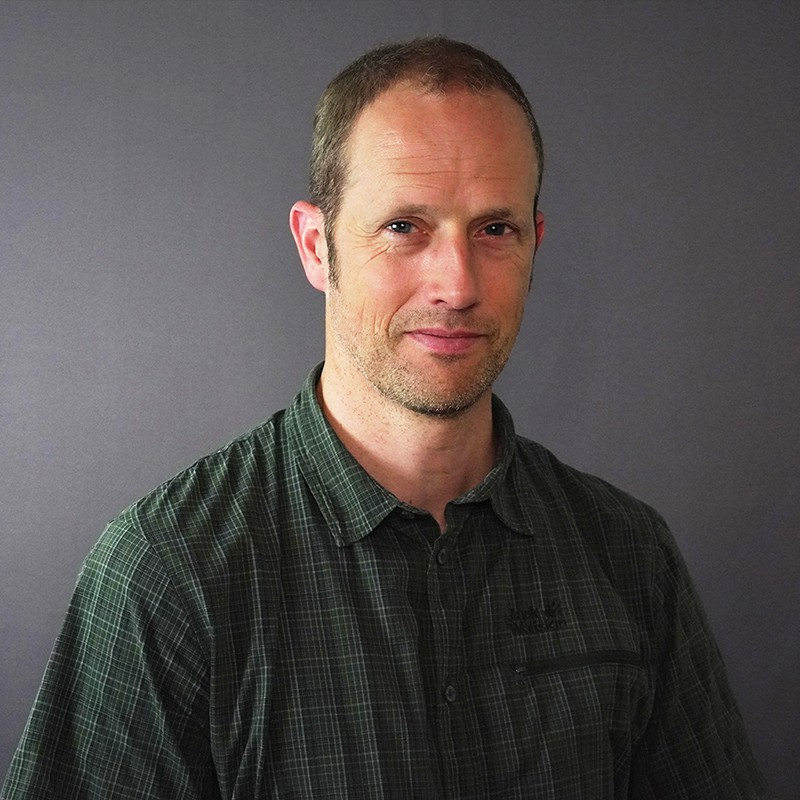Publikasjonsdetaljer
- Journal: Archaeological Prospection, vol. 26, p. 165–175–11, Thursday 29. November 2018
- Utgiver: John Wiley & Sons
-
Internasjonale standardnumre:
- Trykt: 1075-2196
- Elektronisk: 1099-0763
- Lenker:
This article presents results of a case study within a project that seeks to develop heavily automated analysis of digital topographic data to extract archaeological information and to expedite large area mapping. Drawing on developments in computer vision and machine learning, this has the potential to fundamentally recast the capacity of archaeological prospection to cover large areas and deal with mass data, breaking a dependency on human resource. Without such developments, the potential of the vast amount of archaeological information embedded in large topographic and image‐based datasets cannot be realized. The purpose of the case study reported on here is to assess existing developments in a Norwegian study against digital topographic data for the island of Arran, Scotland, examining the transferability of the approach and providing a proof of concept in a Scottish context. For Arran, three monument classes were assessed – prehistoric roundhouses, shieling huts of medieval or post‐medieval date, and small clearance cairns. These present different challenges to detection, with preliminary results ranging from a manageable mix of false positives and true identifications to the chaotic. The influence of variable morphology and the occurrence of other, largely natural, objects of confusion in the landscape is discussed, highlighting the potential improvements in automated detection routines offered by adding anthropogenic and natural false positives to additional confusion classes.

